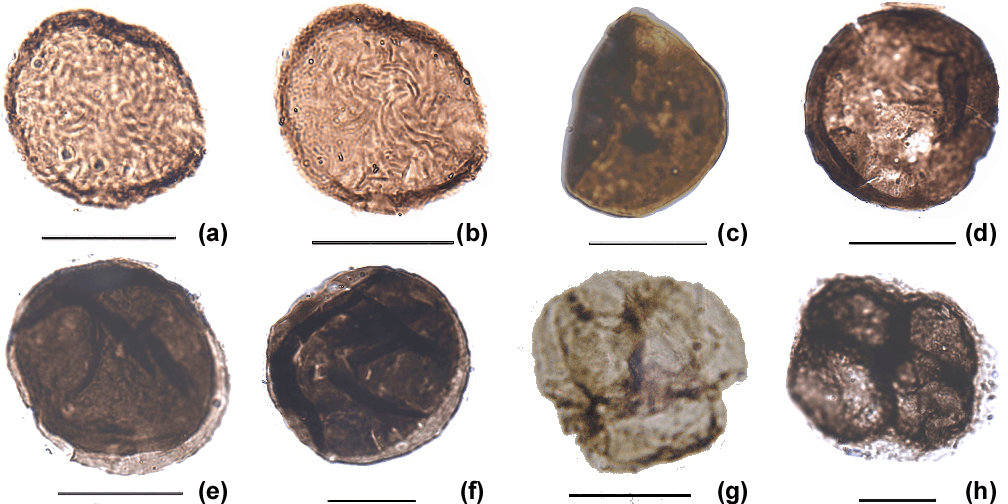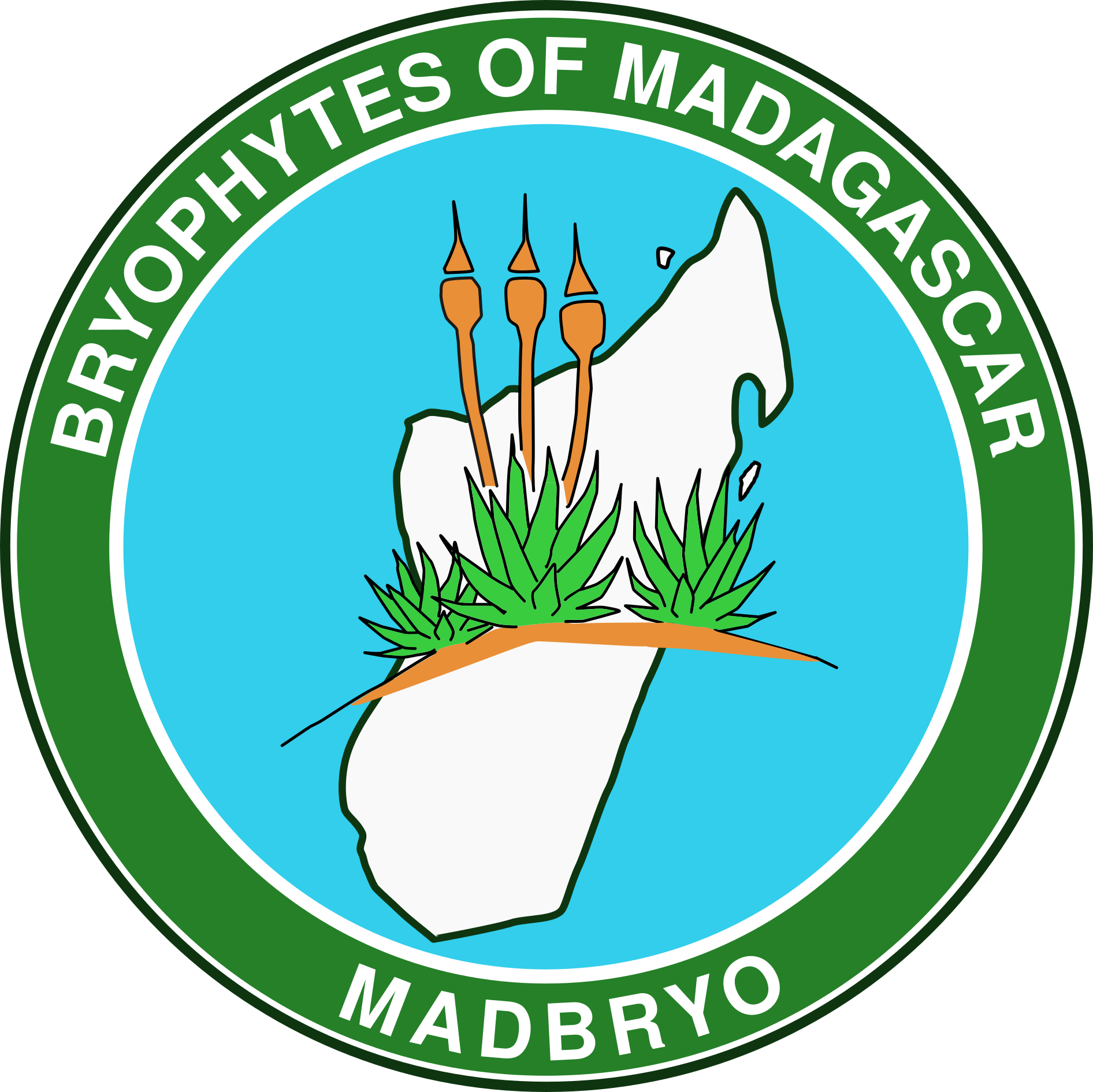What are Bryophytes?
Bryophytes are ...
Small, terrestrial plants that reproduce by spores but lack the specialized tissues containing lignin that allow other plants to grow much larger
- Most bryophytes are a few millimeters to a few centimeters tall, however some mosses can reach up to one meter in height.
- Bryophytes grow on a variety of substrates and can be terrestrial, saxicolous, epiphytic, aquatic, etc.
- Bryophytes belong to three major lineages:
- Bryophyta (mosses and sphagnum), around 12,000 species
- Marchantiophyta
(liverworts), around 9000 species
- Anthocerotophyta
(hornworts) around 150 species
- They were probably the first plants with aerial dispersal, as shown by Ordovician spores.

Other spores from Ordovician 463–461 million yr ago were found in Saudi Arabia (Wellman et al., 2003).
Resurrection plants
This remarkable property is necessary because
- Bryophyte leaves have a thin cuticule, meaning they rapidly gain and lose water and equilibriate with their environment (poikilohydry)
- However they also have various physiological and morphological adaptations to delay water loss and mitigate damage due to water stress:
- Most bryophytes have a large water capacity (% of wet mass relative to dry mass)
- They can produce proteins and other organic compounds that help protect cell membranes from damage during desiccation and rehydration.
- They are also able to efficiently repair any damage caused by drying and recover quickly upon rehydration.
-
City skyline
ButtonThin leaves of a liverwort (Cephalozia africana)—they are only one cell thick! Water moves in and out very quickly.
Revival from dessication, physiological evidence
-
City skyline
ButtonMetabolic activity in a moss measured by gas exchange during the transition between the dehydrated and rehydrated states.
When the moss rehydrates, the gas exchange reaches a maximum. Then, when water covers the leaves, it behaves as a barrier to gas diffusion (slower in water than in air). and gas exchange slightly decreases.
-
Birthday Sparks
ButtonMetabolic activity in a moss measured via its intra cellular activity (polyribosomes indicate protein production).
When drying, the activity decreases; when rehydrated the activity resumes again.
From Larcher, 1995
Many bryophytes have stems and leaves—but some have a thallus instead
-
Bryophytes landscape
Button
In this miniature landscape, a few centimeters wide, the three lineages of bryophytes coexist, both habits are illustrated, leafy and thalloid.
Th = hornwort (always thalloid)
Mo = mosses (always leafy)
LLi = leafy liverworts (some liverworts are thalloid as well)
On a granite slab along national road N7, Ambositra, Madagascar.
Partners
-
City skyline
ButtonMissouri Botanical Garden
St. Louis, Missouri, USA
Antananarivo, Madagascar
-
Birthday Sparks
ButtonMuséum National d'Histoire Naturelle,
Insititut de Systématique Évolution et Biodiversité UMR7205
Paris, France
-
Fashion Magazine
ButtonConservatoire et Jardin Botanique de la Ville de Genève, Switzerland
-
Blurred Lines
ButtonParc Botanique et Zoologique de Tsimbazaza, Antananarivo, Madagascar
-
Button
Global Biodiversity Information Facility (GBIF)
-
Button
Université de Liège, Belgium
-
Button
University of Connecticut, Storrs, USA
-
Button
Biodiversity Information for Development (BID)

















